- TOP
- Search Criteria
- A Beginner’s Guide to Sento
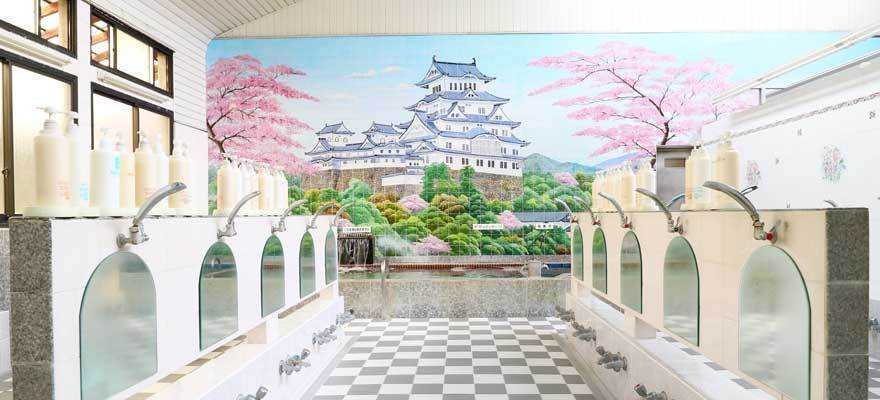
by guest writer Stephanie Crohin (sento journalis)
Sento or public bathhouses are an attractive part of the history of Tokyo, and fortunately there are many still in operation in the city. With architecture resembling that of temples or shrines, large murals of Mt. Fuji, noren curtains, and attendant booths, sento carry the “good old times” of Tokyo into the present. Indeed, they remain a part of everyday life for many residents of the city, and are a source of fascination for both foreign tourists and foreign nationals living abroad. This is particularly true for Stephanie Crohin. Born in France, she now works as “sento journalist.” In this article, she explains basic sento knowledge as well as how to use a sento.

With a history spanning hundreds of years, sento once occupied a central role in the lives of Japanese. In 1968 there were over 17,000 sento in operation in Japan, but now that number has dropped to approximately 2,600. The culture of bathing first appeared in Japan in the 6th century as a teaching of Buddhism. Though the bathing practices in Japan have taken various forms throughout the different periods of history, eventually evolving into the sento of today, bathing remains an integral and beloved part of Japanese culture.
What is the difference between a sento and an onsen?
Those not from Japan might wonder about the difference between a sento and an onsen. To put it simply, an onsen or natural hot springs refers to a natural source of hot or mineral water which has a specific mineral or chemical composition. In contrast, a sento is simply a facility established for bathing, and most use regular water drawn from pipes or a well. However, there are some sento that use water from hot springs. It’s not a well-known fact, but there are quite a few sento that draw their water from natural hot springs in Tokyo.
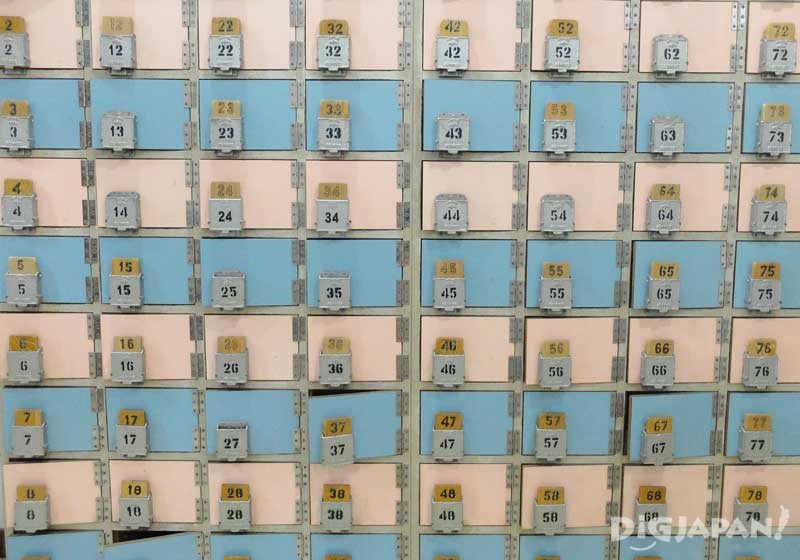
1) There are lockers for your shoes at the entrance of the sento. You cannot wear your shoes inside the facility, so please take them off in the entryway and put them in an open locker. Be sure not to loose the key!

2) You’ll see that there’s a place to pay the fee for using the facilities near the entrance. Like the picture above, many facilities have this kind of desk called a bandai. You can also purchase or rent items such as towels, soap, or shampoo here.

3) Head to the dressing room, take off your clothes, and put them in an available locker. Note: you will need to dry off before re-entering the dressing room after bathing, so please bring a small towel with you into the bathing area.
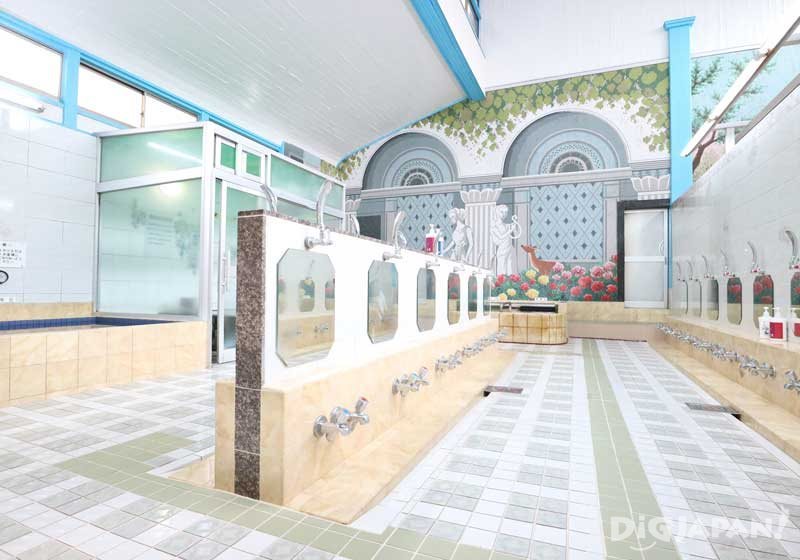
4) When you enter the bathing area, take a bucket called an oke and a stool and head to an empty karan, or place with a faucet. You can tell if a spot is open or not by checking to see if there is already a bucket, stool, or personal items like shampoo there. If there is something already there, choose a different spot.
5) When you finish bathing, return your stool and bucket, dry off with your towel, and head back into the dressing room. Be sure to dry off as best as you can before heading back into the dressing room so as not to get the floor wet and inconvenience other guests.

Good manners for inside the bathing area
As you can see, the rules and manners for sento aren’t particularly hard. Probably the most important thing to keep in mind is to be considerate of others. If you are, then you shouldn’t have any problem enjoying your sento experience.
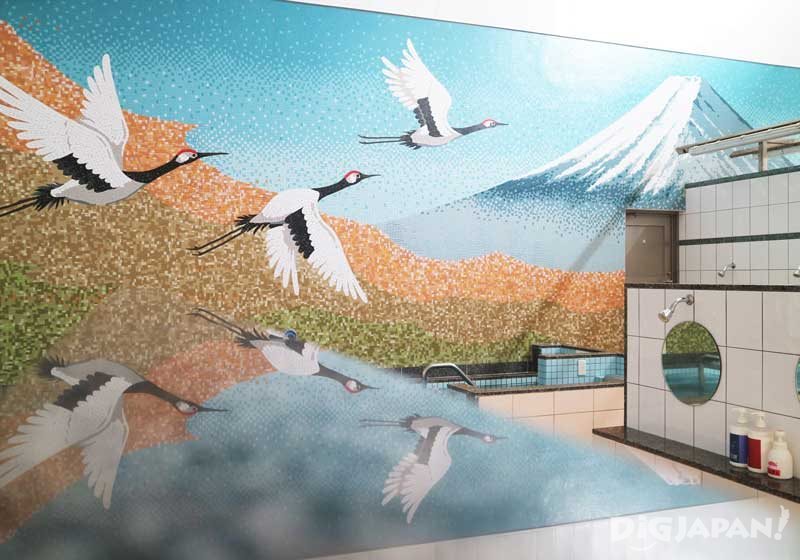
Recently, a number of sento have towels, shampoo, body wash, and so on that you can borrow or purchase, meaning you can go to a sento tebura, literally empty handed. However, it is a good idea to bring with you your personal skin or hair care items if you have preferences about the kind of products you use. Bringing them in a small pouch is a convenient way to carry them.
Health and beauty benefits
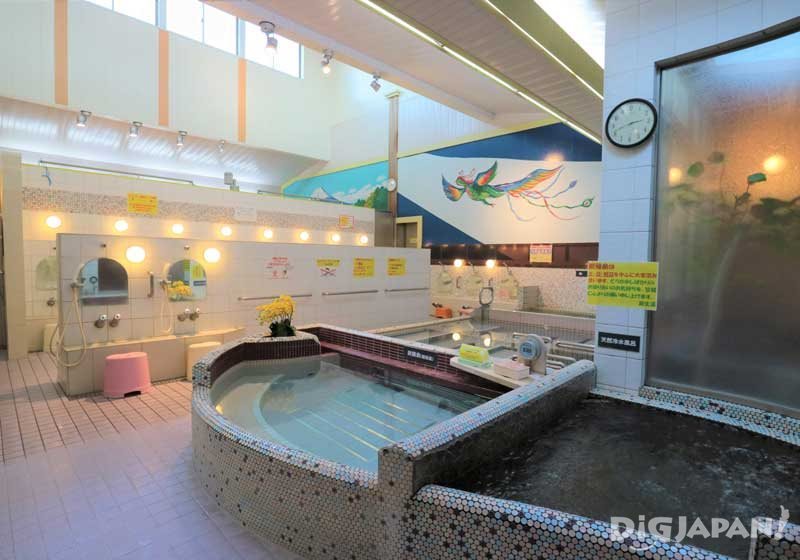
First up on the list of the many benefits of sento are those relating to health and beauty. Bathing at sento is very beneficial for the skin, especially in terms of moisturization. Don’t be surprised if you see many regular patrons of the sento who are upwards of eighty-years-old but still have fantastic skin. Bathing in sento also increases the efficacy of skin care products. I am a fan of organic skin care products and I find that they work even better thanks to the improved quality of my skin from the sento.
Furthermore, bathing in a sento is a great way to warm up your body and stay healthy. I haven’t had a cold in the winter since I started bathing regularly at sento. Stretching in the bath (provided you don’t bump into other bathers!) is also highly recommended as your body limbers up quickly in the hot water. My stiff shoulders have greatly improved thanks to my bathing habits!
A sense of community
Sento can give you insight into what the local community is like. These places attract all sorts of people. There are bathers who bring their children for both quality time and the opportunity to teach them good manners. For the elderly, sento are essential for keeping people connected to each other. Young couples might enjoy a trip to a sento on a date while Japan’s suited “salarymen” might stop by to refresh and relax on their way home from work-- and to enjoy an icy cold beer after getting out of the bath! When I go traveling, I like to do some “intelligence gathering” at the local onsen! Because the regulars as well as the owners are local residents, they know the best places to go in the area. The information you get here will very likely come in handy.
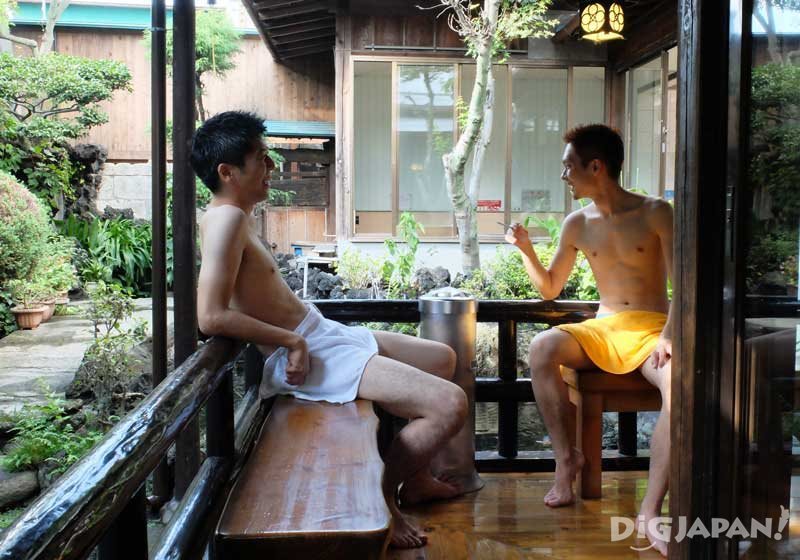

While you may not think that sento and art would have much in common, sento actually have many artistic touches. First, there is the architecture of the building itself; many were built using the same traditional styles used for shrines. Then there are the works of art inside the bathing areas where you might see a beautiful painting of Mt. Fuji or an image created from mosaic tiles on the wall. There are also sento that have distinctly Japanese design elements such as an engawa or veranda attached to the dressing room or even a Japanese-style garden. Recently there are even so-called “designer sento” that use modern art forms such as projection mapping.
About murals in sento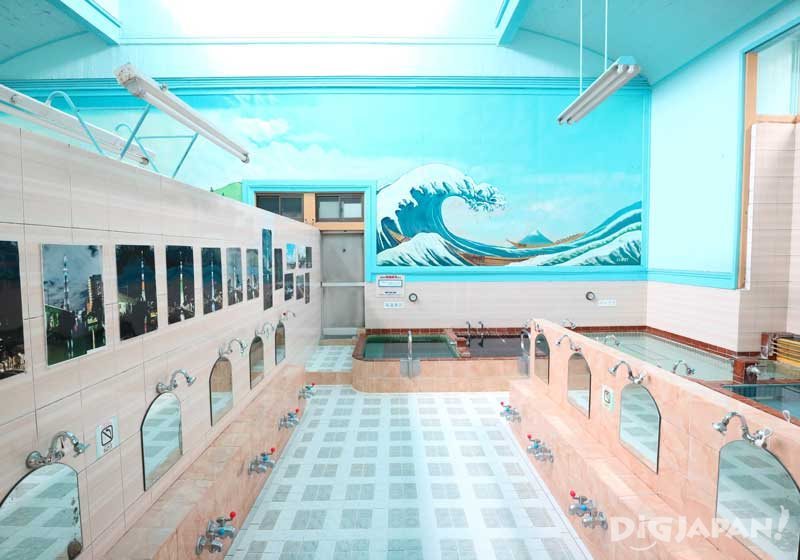
You can often see large murals painted on the walls of the bathing area of sento. These are commonly called penki-e (literally “paint picture”) in Japanese. One of the most popular subjects for these murals is Mt. Fuji. It’s said that these murals of Mt. Fuji first appeared in 1912 at a sento called Kikaiyu in Tokyo’s Kanda Sarugaku-cho area. It was supposedly painted for the amusement of children. Of course, there are now also many different subjects used for sento murals based on the request of the owner.
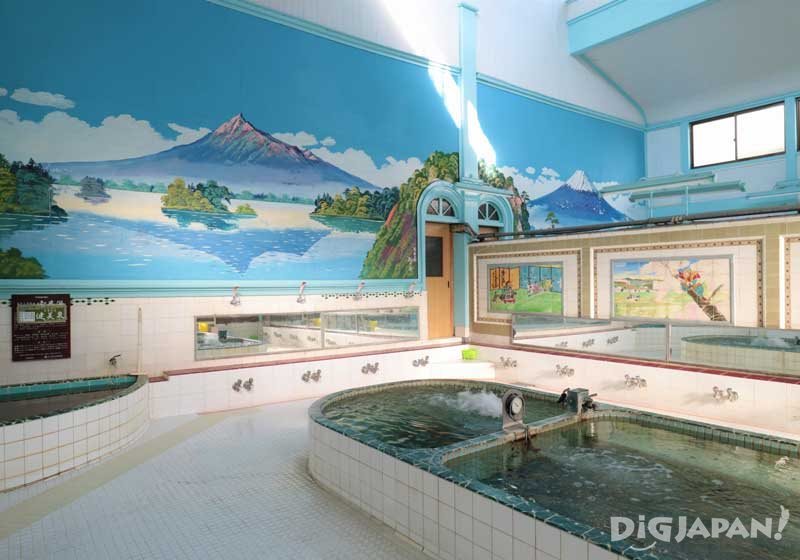
There are currently only three painters in all of Japan who continue to paint this style of mural for sento. They are Mr. Kiyoto Maruyama (aged 81), Mr. Morio Nakajima (aged 71), and Ms. Mizuki Tanaka (aged 33).
Shinseiyu (Hatanodai, Shinagawa)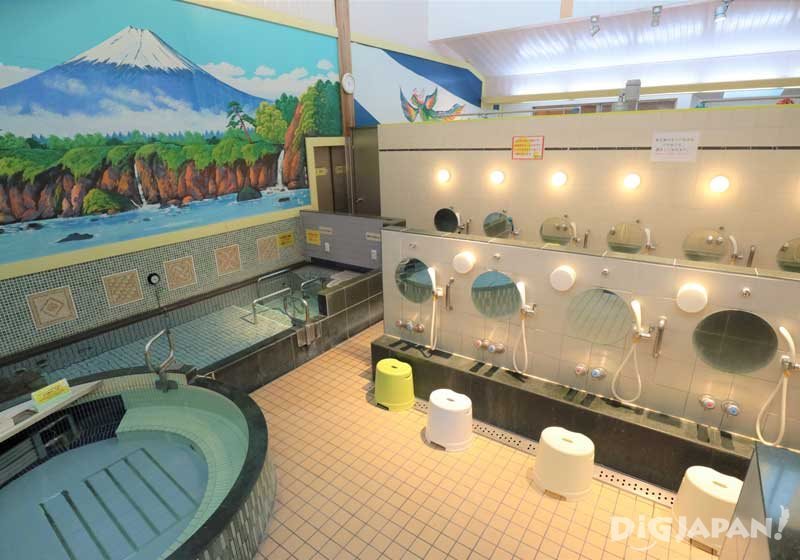
This sento is located inside a shotengai or outdoor shopping arcade in Hatanodai, a lovely area of Shinagawa Ward. There several types of baths here including a rotenburo or open-air bath, a carbonated bath, a herbal bath, and so on. There is also a sauna. The temperature of the water here is not so hot, making it a good choice for beginners. The interior design of the men’s and women’s baths are different from each other, but which is the men’s and which is the women’s changes weekly!
Address: 4-5-18 Hatanodai, Shinagawa-ku, Tokyo
Hours:
Tuesday thru Friday 3:30pm~12:30am
Saturday 3:00pm~12:30am
Sunday 11:00am~midnight
Closed Mondays
If Monday is a public holiday, sento will be open 1:00pm~midnight
Notes: last entry is 20 minutes prior to closing. Last entry for sauna is 40 minutes prior to closing.
Website (Japanese only): http://www.shinseiyu.jp/
Daikokuyu (Oshiage, Sumida)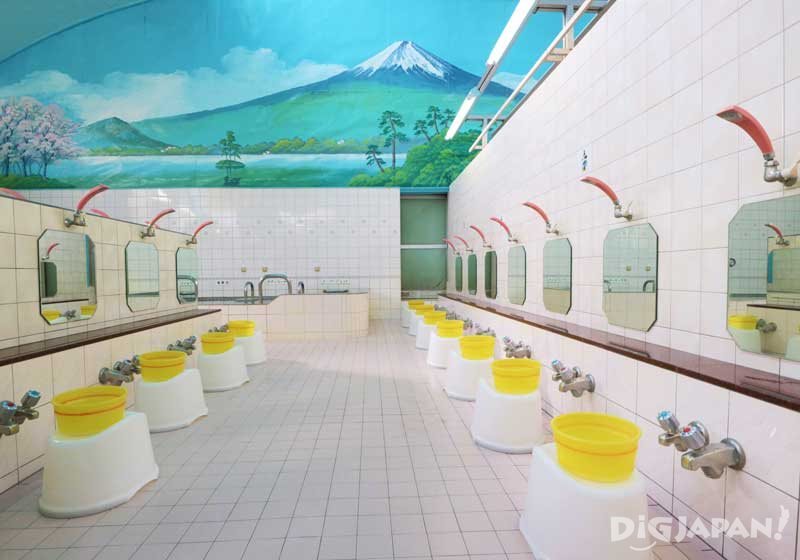
This sento is located in Oshiage, a popular sightseeing area home to some of Tokyo’s most iconic places such as Asakusa and Tokyo Skytree. The baths here are filled with hot spring water, meaning the composition of the water is very good. You can see a mural of Mt. Fuji painted by Mr. Nakajima. What’s more, in addition to having a number of facilities, there is also a large open-air bath from which you can gaze up at Skytree as you soak. Women can use the open-air bath on odd-numbered days, and men can use it on even-numbered days.
Address: 3-12-14 Yokokawa, Sumida-ku, Tokyo
Hours:
Sunday thru Friday 3:00pm~midnight
Saturday 2:00pm~midnight
Closed on Mondays
*If Monday is a national holiday, sento will open on Monday and close the following day
Website: http://daikokuyu.com/english/index.html
Ota Kuroyu Onsen Dai Ni Hinodeyu (Kamata, Ota)
This sento in the Kamata area of Ota Ward has an open-air bath facing a tranquil Japanese-style garden with a koi pond. What’s more, the open-air bath is filled with kuroyu, literally black water! This water comes from a natural hot spring source, the mineral composition of which gives it its unique color. Men are allowed to use this bath from the first to the fifteenth of every month and women the sixteenth to the end of the month. The outside of the sento features traditional shrine-style architecture, and the bathing area has a mural of Mt. Fuji painted by Ms. Mizuki Tanaka. It’s a very retro-feeling space that’s perfect for relaxing.
Address: 6-5-17 Nishi Kamata, Ota-ku, Tokyo
Hours: 3:00pm~11:30pm
Closed every Wednesday
Website (Japanese only): http://www.hinodeyu.net/
Old style desk entrance in between the women’s and men’s baths.
Furonto (フロント)
This is a front desk before entering the bath.
Datsuiba (脱衣場)
Changing room with lockers. Also toilet, hair dryers, and sometimes a garden, television, massage chairs, books and various services depending on the sento.
Yokutshitu (浴室)
The bathroom. When you enter the bath you will find a basin and a small stool. In the bathing area there is first the shower space and the bathtubs. At least one is a hot bath and depending on the place you can find several kinds such as: cold bath, massage bath, warm massage bath, aromatic bath, electric bath, sauna (use of the sauna may require an additional fee, most of the time between 200-400 yen) and sometimes you can even an find outdoor bath (rotenburo).
Kamaba (釜場)
The boiler and water pump system machinery room located in the area behind the bath area. Some uses gas, others electricity or even wood.

Stephanie Crohin
Born in the south of France, Stephanie is both a sento journalist and a sento ambassador. Interested in Japanese literature, Stephanie came to Japan to study abroad for a year at Rikkyo University for research. It was during this time that she first encountered sento. Upon her return to Japan, she started a blog and Instagram account to share Japan’s sento culture with the world as she made her way to many different facilities. She has appeared many times on television and radio to talk about sento. She was appointed a sento ambassador by the Japan Association of Sento Culture. Now she explores sento all over Japan and engages in spreading this culture.
Blog: http://dokodemosento.com/
Instagram: @_stephaniemelanie_
Sento or public bathhouses are an attractive part of the history of Tokyo, and fortunately there are many still in operation in the city. With architecture resembling that of temples or shrines, large murals of Mt. Fuji, noren curtains, and attendant booths, sento carry the “good old times” of Tokyo into the present. Indeed, they remain a part of everyday life for many residents of the city, and are a source of fascination for both foreign tourists and foreign nationals living abroad. This is particularly true for Stephanie Crohin. Born in France, she now works as “sento journalist.” In this article, she explains basic sento knowledge as well as how to use a sento.
About bathing in Japan

Myojin-yu, a sento that has been loved by the locals for more than sixty years.
With a history spanning hundreds of years, sento once occupied a central role in the lives of Japanese. In 1968 there were over 17,000 sento in operation in Japan, but now that number has dropped to approximately 2,600. The culture of bathing first appeared in Japan in the 6th century as a teaching of Buddhism. Though the bathing practices in Japan have taken various forms throughout the different periods of history, eventually evolving into the sento of today, bathing remains an integral and beloved part of Japanese culture.
What is the difference between a sento and an onsen?
Those not from Japan might wonder about the difference between a sento and an onsen. To put it simply, an onsen or natural hot springs refers to a natural source of hot or mineral water which has a specific mineral or chemical composition. In contrast, a sento is simply a facility established for bathing, and most use regular water drawn from pipes or a well. However, there are some sento that use water from hot springs. It’s not a well-known fact, but there are quite a few sento that draw their water from natural hot springs in Tokyo.
Good manners for entering sento
To start, here’s a piece of information that will likely make many readers from different countries very happy. While there are many onsen that ask that visitors with tattoos not use their facilities, public sento generally do not have such rules. Out of the 600 plus sento that I have visited, only two or three of them had rules against tattoos. (Note: facilities designated as “super sento” often prohibit guests with tattoos from using their facilities, so please check prior to visiting.)
Depending on the kind of locker, the keys may be made of metal or wood.
1) There are lockers for your shoes at the entrance of the sento. You cannot wear your shoes inside the facility, so please take them off in the entryway and put them in an open locker. Be sure not to loose the key!

2) You’ll see that there’s a place to pay the fee for using the facilities near the entrance. Like the picture above, many facilities have this kind of desk called a bandai. You can also purchase or rent items such as towels, soap, or shampoo here.

3) Head to the dressing room, take off your clothes, and put them in an available locker. Note: you will need to dry off before re-entering the dressing room after bathing, so please bring a small towel with you into the bathing area.

The red faucet is for hot water and the blue one for cold. You can mix the water in your bucket to get the perfect temperature.
4) When you enter the bathing area, take a bucket called an oke and a stool and head to an empty karan, or place with a faucet. You can tell if a spot is open or not by checking to see if there is already a bucket, stool, or personal items like shampoo there. If there is something already there, choose a different spot.
5) When you finish bathing, return your stool and bucket, dry off with your towel, and head back into the dressing room. Be sure to dry off as best as you can before heading back into the dressing room so as not to get the floor wet and inconvenience other guests.

Good manners for inside the bathing area
・Don’t enter the bath without washing off first.
・Please be courteous of other bathers when washing up
・Please rinse any soap, shampoo, or conditioner from the floor
・Even if a handheld showerhead is provided, please sit down to wash up.
(Note: some sento will only have faucets rather than showeheads.)
・Individuals with long hair should pull their hair back with a hair elastic or clip before entering the bathtub to avoid getting hair in the water.
・Please do not bring towels into the bathtub even if they are clean.
・Should you use the sauna, please be sure to wash off again before entering the bathtub. Do not enter the tub sweaty.
・Do not dive or swim in the bathtub.
・Please be courteous of other bathers when washing up
・Please rinse any soap, shampoo, or conditioner from the floor
・Even if a handheld showerhead is provided, please sit down to wash up.
(Note: some sento will only have faucets rather than showeheads.)
・Individuals with long hair should pull their hair back with a hair elastic or clip before entering the bathtub to avoid getting hair in the water.
・Please do not bring towels into the bathtub even if they are clean.
・Should you use the sauna, please be sure to wash off again before entering the bathtub. Do not enter the tub sweaty.
・Do not dive or swim in the bathtub.
As you can see, the rules and manners for sento aren’t particularly hard. Probably the most important thing to keep in mind is to be considerate of others. If you are, then you shouldn’t have any problem enjoying your sento experience.
Things that are good to bring

Recently, a number of sento have towels, shampoo, body wash, and so on that you can borrow or purchase, meaning you can go to a sento tebura, literally empty handed. However, it is a good idea to bring with you your personal skin or hair care items if you have preferences about the kind of products you use. Bringing them in a small pouch is a convenient way to carry them.
Great things about sento
Health and beauty benefits

First up on the list of the many benefits of sento are those relating to health and beauty. Bathing at sento is very beneficial for the skin, especially in terms of moisturization. Don’t be surprised if you see many regular patrons of the sento who are upwards of eighty-years-old but still have fantastic skin. Bathing in sento also increases the efficacy of skin care products. I am a fan of organic skin care products and I find that they work even better thanks to the improved quality of my skin from the sento.
Furthermore, bathing in a sento is a great way to warm up your body and stay healthy. I haven’t had a cold in the winter since I started bathing regularly at sento. Stretching in the bath (provided you don’t bump into other bathers!) is also highly recommended as your body limbers up quickly in the hot water. My stiff shoulders have greatly improved thanks to my bathing habits!
A sense of community

You'll often see Japanese people relaxing in the sento with a small, damp towel on their heads. This is to keep from overheating and having the blood rush to their heads.
Sento can give you insight into what the local community is like. These places attract all sorts of people. There are bathers who bring their children for both quality time and the opportunity to teach them good manners. For the elderly, sento are essential for keeping people connected to each other. Young couples might enjoy a trip to a sento on a date while Japan’s suited “salarymen” might stop by to refresh and relax on their way home from work-- and to enjoy an icy cold beer after getting out of the bath! When I go traveling, I like to do some “intelligence gathering” at the local onsen! Because the regulars as well as the owners are local residents, they know the best places to go in the area. The information you get here will very likely come in handy.

About sento and art

The Japanese-style garden and engawa porch is a must-see point at Takara Yu located in Kitasenju, Adachi Ward.
While you may not think that sento and art would have much in common, sento actually have many artistic touches. First, there is the architecture of the building itself; many were built using the same traditional styles used for shrines. Then there are the works of art inside the bathing areas where you might see a beautiful painting of Mt. Fuji or an image created from mosaic tiles on the wall. There are also sento that have distinctly Japanese design elements such as an engawa or veranda attached to the dressing room or even a Japanese-style garden. Recently there are even so-called “designer sento” that use modern art forms such as projection mapping.
About murals in sento

You can often see large murals painted on the walls of the bathing area of sento. These are commonly called penki-e (literally “paint picture”) in Japanese. One of the most popular subjects for these murals is Mt. Fuji. It’s said that these murals of Mt. Fuji first appeared in 1912 at a sento called Kikaiyu in Tokyo’s Kanda Sarugaku-cho area. It was supposedly painted for the amusement of children. Of course, there are now also many different subjects used for sento murals based on the request of the owner.

There are currently only three painters in all of Japan who continue to paint this style of mural for sento. They are Mr. Kiyoto Maruyama (aged 81), Mr. Morio Nakajima (aged 71), and Ms. Mizuki Tanaka (aged 33).
Recommended sento for foreign visitors
Shinseiyu (Hatanodai, Shinagawa)

This sento is located inside a shotengai or outdoor shopping arcade in Hatanodai, a lovely area of Shinagawa Ward. There several types of baths here including a rotenburo or open-air bath, a carbonated bath, a herbal bath, and so on. There is also a sauna. The temperature of the water here is not so hot, making it a good choice for beginners. The interior design of the men’s and women’s baths are different from each other, but which is the men’s and which is the women’s changes weekly!
Information
Shinseiyu | 新生湯Address: 4-5-18 Hatanodai, Shinagawa-ku, Tokyo
Hours:
Tuesday thru Friday 3:30pm~12:30am
Saturday 3:00pm~12:30am
Sunday 11:00am~midnight
Closed Mondays
If Monday is a public holiday, sento will be open 1:00pm~midnight
Notes: last entry is 20 minutes prior to closing. Last entry for sauna is 40 minutes prior to closing.
Website (Japanese only): http://www.shinseiyu.jp/
Daikokuyu (Oshiage, Sumida)

This sento is located in Oshiage, a popular sightseeing area home to some of Tokyo’s most iconic places such as Asakusa and Tokyo Skytree. The baths here are filled with hot spring water, meaning the composition of the water is very good. You can see a mural of Mt. Fuji painted by Mr. Nakajima. What’s more, in addition to having a number of facilities, there is also a large open-air bath from which you can gaze up at Skytree as you soak. Women can use the open-air bath on odd-numbered days, and men can use it on even-numbered days.
Information
Daikokuyu | 大黒湯Address: 3-12-14 Yokokawa, Sumida-ku, Tokyo
Hours:
Sunday thru Friday 3:00pm~midnight
Saturday 2:00pm~midnight
Closed on Mondays
*If Monday is a national holiday, sento will open on Monday and close the following day
Website: http://daikokuyu.com/english/index.html
Ota Kuroyu Onsen Dai Ni Hinodeyu (Kamata, Ota)

This sento in the Kamata area of Ota Ward has an open-air bath facing a tranquil Japanese-style garden with a koi pond. What’s more, the open-air bath is filled with kuroyu, literally black water! This water comes from a natural hot spring source, the mineral composition of which gives it its unique color. Men are allowed to use this bath from the first to the fifteenth of every month and women the sixteenth to the end of the month. The outside of the sento features traditional shrine-style architecture, and the bathing area has a mural of Mt. Fuji painted by Ms. Mizuki Tanaka. It’s a very retro-feeling space that’s perfect for relaxing.
Information
Ota Kuroyu Onsen Dai Ni Hinodeyu | 大田黒湯温泉第二日の出湯Address: 6-5-17 Nishi Kamata, Ota-ku, Tokyo
Hours: 3:00pm~11:30pm
Closed every Wednesday
Website (Japanese only): http://www.hinodeyu.net/
Try a sento!
Sento are great places for getting direct experience with Japanese culture. Plus, you can also enjoy health and beauty benefits, check out some impressive artwork, learn how good a cold beer tastes after a hot bath, and even bring your date! Whether Japan is your travel destination or the place you call home, definitely head over to a sento at least once to see a side of Japanese culture you can’t find anywhere else!Helpful sento vocab from Stephanie
Bandai (番台)Old style desk entrance in between the women’s and men’s baths.
Furonto (フロント)
This is a front desk before entering the bath.
Datsuiba (脱衣場)
Changing room with lockers. Also toilet, hair dryers, and sometimes a garden, television, massage chairs, books and various services depending on the sento.
Yokutshitu (浴室)
The bathroom. When you enter the bath you will find a basin and a small stool. In the bathing area there is first the shower space and the bathtubs. At least one is a hot bath and depending on the place you can find several kinds such as: cold bath, massage bath, warm massage bath, aromatic bath, electric bath, sauna (use of the sauna may require an additional fee, most of the time between 200-400 yen) and sometimes you can even an find outdoor bath (rotenburo).
Kamaba (釜場)
The boiler and water pump system machinery room located in the area behind the bath area. Some uses gas, others electricity or even wood.
About the author

Stephanie Crohin
Born in the south of France, Stephanie is both a sento journalist and a sento ambassador. Interested in Japanese literature, Stephanie came to Japan to study abroad for a year at Rikkyo University for research. It was during this time that she first encountered sento. Upon her return to Japan, she started a blog and Instagram account to share Japan’s sento culture with the world as she made her way to many different facilities. She has appeared many times on television and radio to talk about sento. She was appointed a sento ambassador by the Japan Association of Sento Culture. Now she explores sento all over Japan and engages in spreading this culture.
Blog: http://dokodemosento.com/
Instagram: @_stephaniemelanie_

Liked this story? Like DiGJAPAN!
on Facebook for daily updates!
THIS ARTICLE IS BASED ON INFORMATION FROM 03 14,2017 Author:DiGJAPAN! Editorial Team













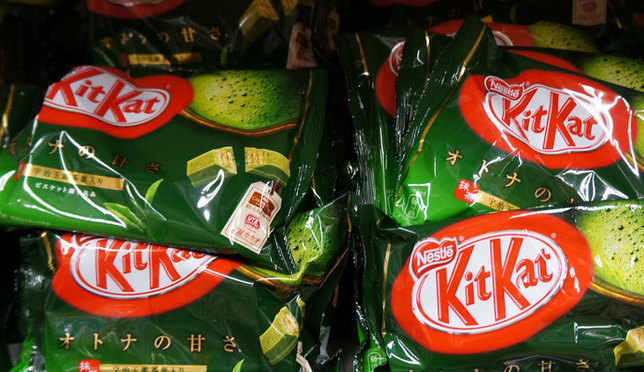
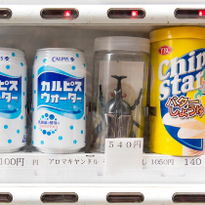

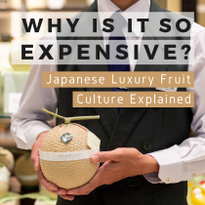





NEW COMMENT | 0 COMMENTS
Open a DiGJAPAN!
account to comment.
Open a DiGJAPAN! Account